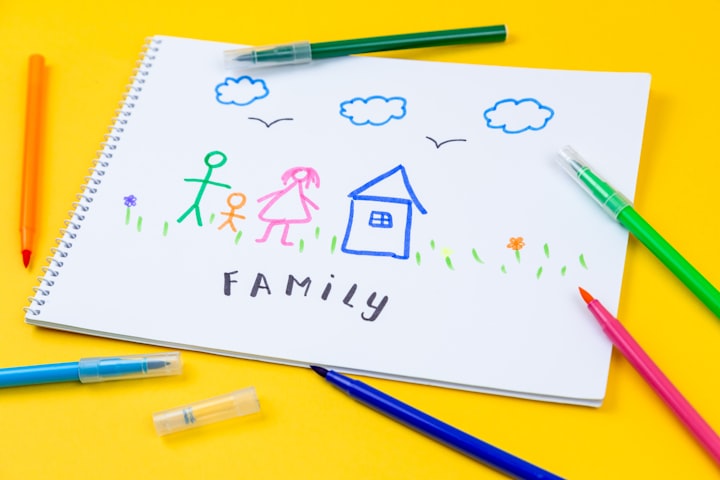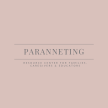
Positive guidance is a foundational approach to parenting which seeks to foster a child's emotional, social and cognitive development through positive reinforcement, effective communication and respectful interactions. I firmly believe that positive guidance is an invaluable tool in nurturing a child's growth and well-being. Highlighted by positive guidance is a child’s autonomy, validating their feelings and making them active participants in their routines. Positive guidance encourages cooperation between a child and caregiver, while simultaneously strengthening their relationship and deepening their trust in one another.
Positive guidance focuses on establishing a nurturing and supportive environment that empowers children to explore, learn and make choices on their own within appropriate boundaries. It recognizes that children are active participants in their development and their voices and feelings deserve to be acknowledged and respected. This approach is rooted in the belief that children thrive when they feel valued, understood and secure in their relationships with their caregivers.
Positive guidance encourages parents to:
- Use praise and encouragement to reinforce good behavior rather than focusing solely on punishment.
- Maintain open and honest communication with their children, allowing them to express their thoughts and feelings freely.
- Set clear and consistent boundaries that are age-appropriate and conducive to the child's development.
- Listen actively to their children, showing empathy and understanding towards their perspectives.
By employing positive guidance techniques, parents can help their children develop:
- Self-confidence and self-esteem, as they receive validation and support for their efforts and achievements.
- Problem-solving and decision-making skills, as they are encouraged to make choices and learn from the consequences in a safe environment.
- Emotional regulation and empathy, through modeling respectful and compassionate interactions in their relationships.
- Ultimately, positive guidance fosters a nurturing and harmonious parent-child relationship based on trust, mutual respect, and understanding. It lays the foundation for children to grow into confident, compassionate, and resilient individuals who are equipped to navigate life's challenges with grace and integrity.
Positive guidance is a strategy used by parents, educators, and caregivers to encourage children to adopt acceptable social behaviors and express their emotions in a healthy way. This approach can be applied both directly and indirectly. In a classroom setting, for instance, teachers might indirectly use positive guidance by organizing the physical space efficiently, establishing consistent daily routines, and setting clear rules for students to follow. Direct guidance goes further by providing personalized attention to each child, teaching them appropriate behaviors through clear verbal instructions, setting expectations, offering logical consequences for misbehavior, redirecting their focus, and engaging in problem-solving.
Crucially, positive guidance differentiates itself from punishment. While it does involve consequences for actions, these consequences are rooted in compassion and the desire to teach, rather than to penalize out of frustration or anger. Punishment, characterized by the imposition of penalties and an often hostile response from the caregiver, can lead to feelings of guilt or fear in children. In contrast, the consequences used in positive guidance are designed to show love and concern, aiming to correct behavior and set a good example for children. This method not only helps children feel loved and secure but also teaches them how to regulate their emotions and actions in a constructive manner (brightwheel.com)
Below are additional resources regarding positive guidance strategies, techniques and other related information:
Keywords: Anne Reboa, paranneting, positive guidance, early childhood education, parenting strategies, parenting techniques, parenting, birth to three, child development
About the Creator
Anne
blogger, content creator and mama
find me on socials: @paranneting @anamesa_anne
zillenial






Comments
There are no comments for this story
Be the first to respond and start the conversation.